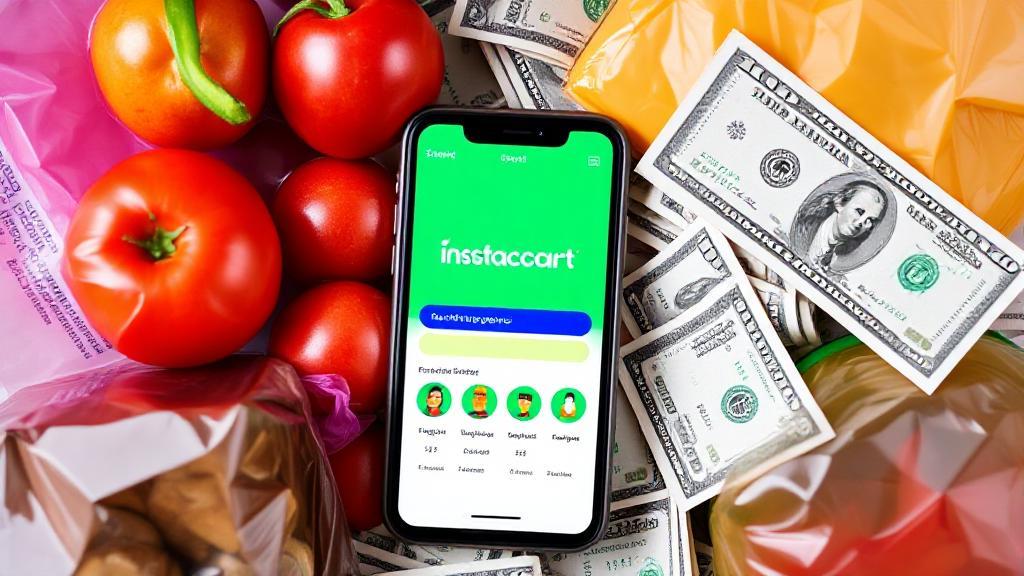Understanding Instacart's Payment Structure
There are two main types of Instacart shoppers:
- Full-Service Shoppers: Independent contractors who shop for and deliver groceries, with flexible hours and per-batch payment.
- In-Store Shoppers: Part-time employees who only shop within stores, working scheduled shifts at around $13-$15 per hour.
Base Pay Structure
The base pay typically ranges from $7 to $10 per batch, varying based on:
- Number of items
- Type of items
- Driving distance
- Current demand in your area
Additional Earnings Opportunities
Tips
- Customers can tip between 5% and 20% of their order total
- 100% of tips go directly to shoppers
- Tips often account for 40% or more of total income
Bonuses and Promotions
- Peak hours bonuses ($2-$4 extra per batch)
- Holiday surge pricing
- Weather-related incentives
- Incentives for completing specific numbers of batches
Realistic Earnings Potential
Hourly Ranges
- New shoppers: $10-$15/hour
- Experienced shoppers: $15-$25/hour
- Top performers: $25-$35/hour
Weekly Earnings
Based on hours worked:
- Part-time (15-20 hours): $200-$500
- Full-time (40+ hours): $500-$1,000+
Factors Influencing Earnings
Several factors affect how much you can earn:
- Location: Urban areas and affluent neighborhoods typically offer higher earnings
- Time of Day: Evening and weekend hours usually have higher demand
- Efficiency: Better shopping speed means more completed batches
- Customer Service: Higher ratings can lead to better opportunities
- Seasonal Variations: Demand fluctuates throughout the year
| Season | Expected Earnings Impact |
|---|---|
| Summer | Moderate demand |
| Fall | Increasing demand |
| Winter | High demand (weather) |
| Spring | Moderate demand |
| Holidays | Peak earnings potential |
Expenses to Consider
Before calculating net earnings, factor in:
- Vehicle maintenance
- Fuel expenses
- Self-employment taxes
- Vehicle insurance
- Smartphone data plan
Maximizing Your Earnings
Best Practices
- Choose batches wisely, considering pay versus effort
- Work during peak hours
- Maintain high customer ratings (above 4.7)
- Learn store layouts for efficiency
- Track expenses for tax purposes
- Communicate effectively with customers
- Be punctual with deliveries
Strategic Locations
Focus on areas with:
- Affluent neighborhoods
- Dense urban areas
- Limited public transportation
- Fewer active shoppers
For the most current information about shopper earnings, visit the Instacart Shopper Help Center or explore the Instacart website.
